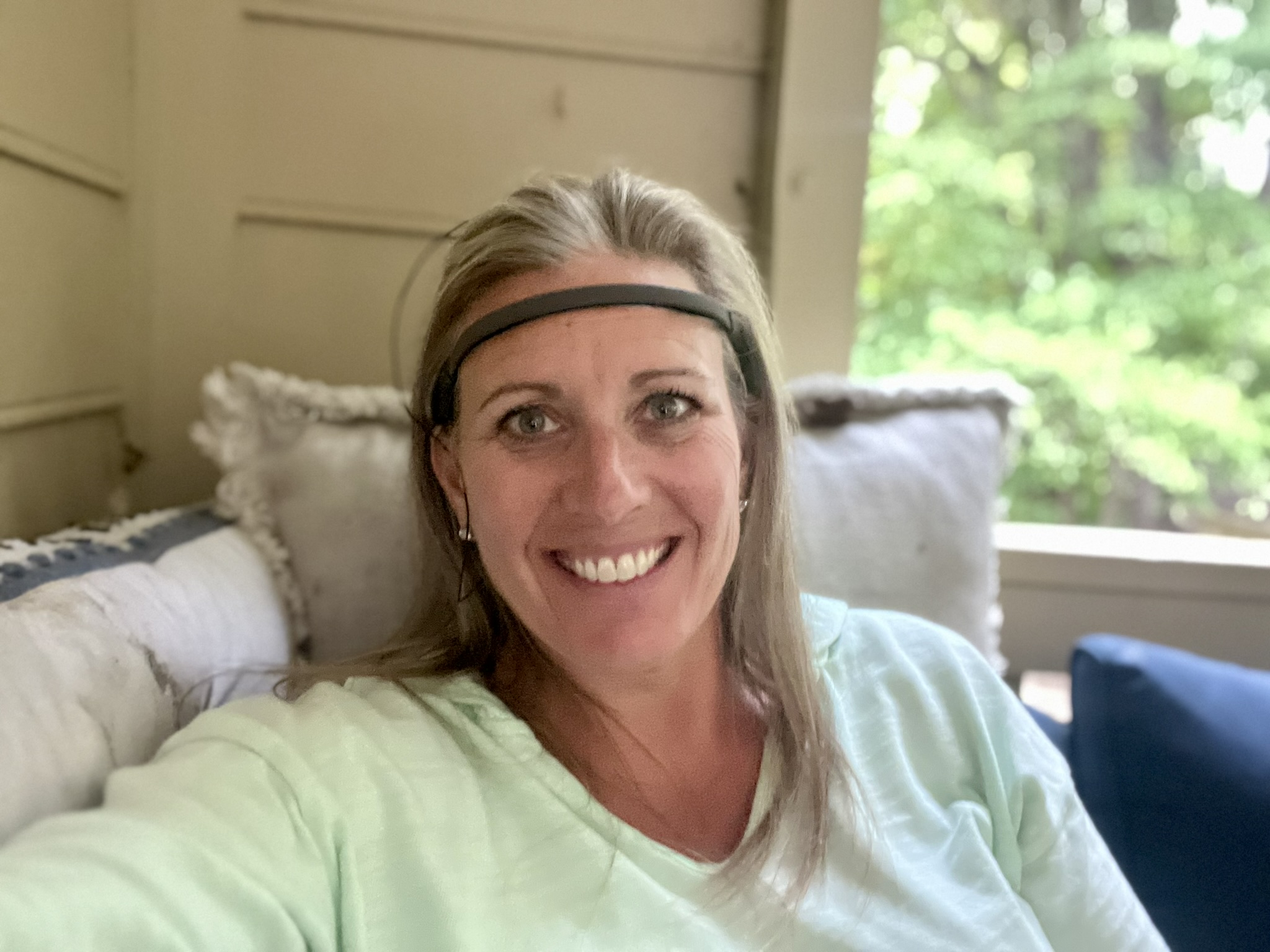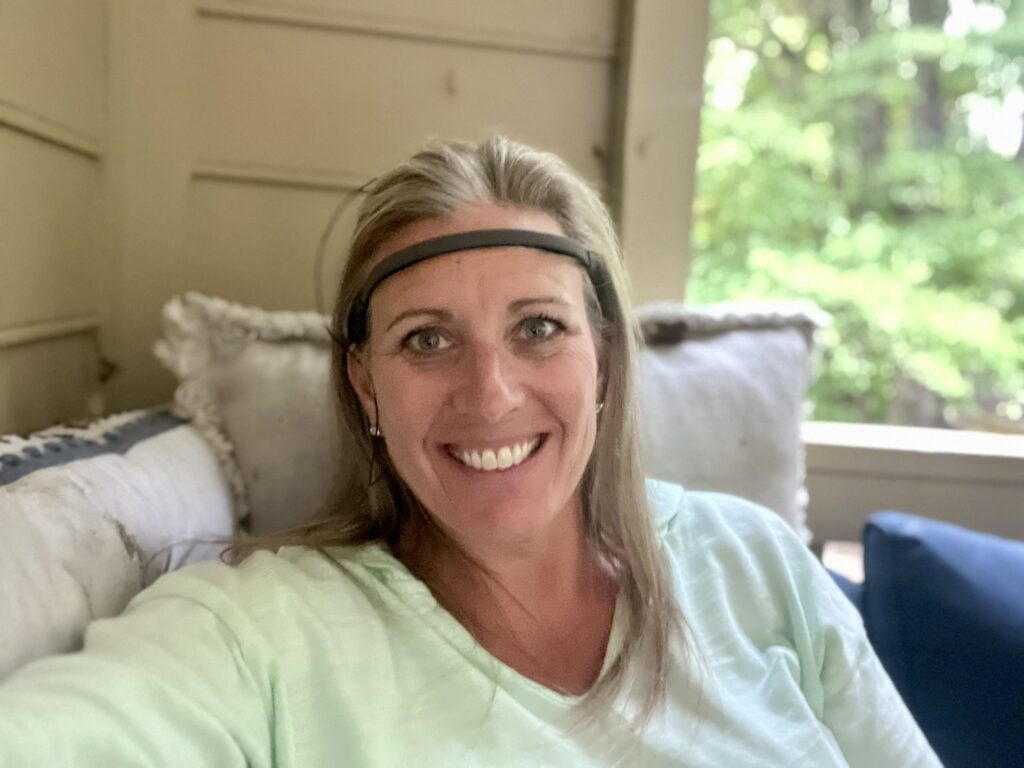Your 2025 Vision: Neurofeedback at Home and Holistic Wellness
Filed in Mental Health — January 2, 2025

In today’s fast-paced world, women face unique challenges in maintaining their mental health while balancing multiple roles and responsibilities. As we step into 2025, there’s a growing recognition of the power of integrative approaches to recovery and wellness, with neurofeedback at home emerging as a promising tool for those seeking lasting change. This comprehensive guide will help you create a vision for the year ahead, incorporating cutting-edge neurological tools alongside traditional recovery practices.
Understanding the Connection: Mental Health, Recovery, and Brain Function
The journey to wellness often begins with understanding how our brain functions affect every aspect of our lives. For women in recovery from substance use disorders or struggling with anxiety, the connection between neural patterns and daily functioning is particularly crucial. Neurofeedback at home has become an increasingly accessible tool for addressing these interconnected challenges.
Recent advances in technology have made it possible to implement neurofeedback at home, allowing women to take control of their healing journey in a private, comfortable setting. This development is particularly significant for those who face barriers to traditional treatment options, whether due to family responsibilities, work commitments, or geographic location.
The Role of Neurofeedback At Home in Women’s Recovery
Neurofeedback, particularly neurofeedback at home, works by helping individuals understand and regulate their brain activity in real-time. For women in recovery, this can be transformative in several ways:
- Anxiety Management: By learning to recognize and modify brain wave patterns associated with anxiety, women can develop better control over their stress response. Home-based systems now offer real-time feedback through user-friendly interfaces, making it possible to practice these techniques multiple times per day as needed.
- Sleep Regulation: Many women struggle with sleep disturbances during recovery. Neurofeedback at home can help establish healthier sleep patterns by training the brain to achieve more balanced states. Evening sessions can be particularly effective in preparing the brain for restful sleep.
- Craving Control: Regular neurofeedback sessions can help reduce the intensity of substance cravings by strengthening neural pathways associated with self-regulation. The convenience of home practice allows for immediate intervention when cravings arise.
- Emotional Regulation: Women often report improved emotional stability after incorporating neurofeedback into their recovery routine. Daily practice can help build stronger neural networks supporting emotional resilience.
The Advantage of At-Home Practice
The ability to conduct neurofeedback at home represents a significant advancement in accessibility and effectiveness. Here’s why:
- Consistency: Daily practice is possible without the barriers of travel or scheduling
- Privacy: Women can work on sensitive issues in their own safe space
- Flexibility: Sessions can be scheduled around family and work commitments
- Cost-effectiveness: Reduced long-term expenses compared to in-office sessions
- Immediate intervention: Tools are available when they’re needed most

To learn more about whether this approach might be right for you, download our free guide “Is Neurofeedback Therapy Right For You?” This comprehensive resource will help you understand:
- How neurofeedback works with your brain’s natural healing processes
- What to expect from at-home sessions
- How to determine if you’re a good candidate
- What results you might achieve
- How to get started with your own practice
Creating Your 2025 Vision: A Holistic Approach
Step 1: Assessment and Goal Setting
Begin by conducting a thorough self-assessment of your current wellness state. Consider:
– Current sleep patterns and quality
– Anxiety levels and triggers
– Recovery progress and challenges
– Mental health support systems
– Daily stress management techniques
Set specific, measurable goals for each area, incorporating neurofeedback at home as a tool for achievement.
Step 2: Building Your Support System
Create a comprehensive support network that includes:
– Mental health professionals familiar with neurofeedback
– Recovery support groups
– Family and friends who understand your journey
– Online communities focused on neurofeedback at home practices
– Wellness practitioners who can complement your neurofeedback work
Step 3: Implementing Your Daily Practice
Develop a structured daily routine that incorporates:
Morning Routine:
– 10-15 minutes of neurofeedback at home practice
– Mindfulness or meditation
– Gentle movement or exercise
– Nutritious breakfast
Afternoon Check-in:
– Brief neurofeedback session if needed
– Stress level assessment
– Recovery toolbox implementation
– Connection with support system
Evening Wind-down:
– Final neurofeedback at home session
– Sleep hygiene practices
– Gratitude journaling
– Relaxation techniques
Practical Tools for Implementation
1. Neurofeedback at Home Systems
The cornerstone of your wellness journey can be establishing an effective neurofeedback at home practice. Key considerations include:
Equipment Selection:
- Choose systems designed specifically for home use
- Look for FDA-cleared devices when possible
- Ensure the system includes comprehensive training materials
- Verify compatibility with your devices
- Check for regular software updates and support
Getting Started:
- Complete initial training sessions with a qualified professional
- Start with basic protocols focused on relaxation
- Gradually increase session duration and complexity
- Track your results using the system’s built-in tools
- Maintain regular communication with your support team
Integration with Daily Life:
- Schedule regular sessions at consistent times
- Create a dedicated space for your practice
- Minimize distractions during sessions
- Combine with other relaxation techniques
- Use mobile apps for tracking and reminders
Expected Benefits:
- Improved sleep quality and duration
- Reduced anxiety and stress levels
- Better emotional regulation
- Enhanced focus and concentration
- Stronger resilience to triggers
- More stable mood throughout the day
2. Technology Integration
When selecting additional technology tools to complement your neurofeedback at home practice, consider:
- Ease of use and setup
- Data tracking capabilities
- Professional support availability
- Cost and payment options
- Integration with other wellness apps
3. Progress Tracking
Maintain a detailed record of your journey:
- Daily mood and energy levels
- Sleep quality and duration
- Neurofeedback session outcomes
- Recovery milestones
- Anxiety trigger patterns
4. Complementary Practices
Enhance your neurofeedback at home practice with:
- Yoga and gentle exercise
- Nutritional support
- Meditation and mindfulness
- Art therapy or creative expression
- Nature exposure and outdoor activities
Addressing Common Challenges
Sleep Disruption
Many women in recovery struggle with sleep issues. Implement these strategies alongside neurofeedback at home:
– Establish a consistent sleep schedule
– Create a calming bedroom environment
– Limit screen time before bed
– Practice relaxation techniques
– Use sleep tracking tools to monitor progress
Anxiety Management
Combine neurofeedback at home with these anxiety-reducing practices:
– Deep breathing exercises
– Progressive muscle relaxation
– Regular physical activity
– Stress-reducing hobbies
– Boundary setting in relationships
Recovery Support
Strengthen your recovery journey by:
– Attending regular support meetings
– Working with a recovery coach
– Practicing stress management techniques
– Building healthy relationships
– Maintaining accountability partnerships
Looking Ahead: Your 2025 Vision in Action
As you implement neurofeedback at home and other wellness practices, remember that transformation is a journey, not a destination. Your 2025 vision should be both ambitious and flexible, allowing for adjustment as you grow and learn.
Consider these expanded milestones for your year ahead:
Q1: Foundation Building
- Set up your neurofeedback at home system with professional guidance
- Establish baseline measurements across multiple domains (sleep, mood, anxiety levels)
- Build your support network, including both professional and peer support
- Create daily routines that integrate neurofeedback with other wellness practices
- Begin tracking progress using digital tools or journals
- Complete initial training in basic neurofeedback techniques
- Establish realistic expectations and initial goals
Q2: Skill Development
- Master basic neurofeedback techniques through regular practice
- Expand your recovery toolbox with complementary practices
- Strengthen sleep habits through consistent evening routines
- Develop anxiety management strategies for different situations
- Learn to identify and respond to early warning signs of stress
- Begin incorporating more advanced neurofeedback protocols
- Join online communities for support and guidance
- Establish regular check-ins with healthcare providers
Q3: Integration and Growth
- Combine multiple wellness practices into a cohesive daily routine
- Track and celebrate progress using data from your neurofeedback sessions
- Adjust approaches based on what’s working best for you
- Build community connections with others using similar tools
- Begin mentoring others who are just starting their journey
- Explore advanced features of your neurofeedback system
- Develop strategies for maintaining practice during travel or stress
- Create contingency plans for challenging situations
Q4: Sustainability and Advancement
- Fine-tune your practice based on collected data
- Share your experience with others in recovery communities
- Plan for long-term maintenance of your new habits
- Set new goals for the following year
- Evaluate the need for additional tools or support
- Consider becoming a peer support specialist
- Document your journey to inspire others
- Create a long-term vision for continued growth
- Develop strategies for maintaining progress during life transitions
Creating Sustainable Change
As you work through each quarter, remember that sustainable change requires:
- Flexibility in Approach
- Adjust your practice as needed based on life circumstances
- Be willing to modify techniques that aren’t serving you
- Stay open to new approaches and technologies
- Listen to your body and mind’s feedback
- Community Integration
- Share your journey with trusted friends and family
- Connect with others using neurofeedback at home
- Participate in both online and local support groups
- Build relationships with healthcare providers who understand your goals
- Progress Measurement
- Use objective measures from your neurofeedback system
- Track subjective improvements in mood and functioning
- Document changes in sleep patterns and anxiety levels
- Monitor recovery milestones and challenges
- Keep records of successful coping strategies
- Future Planning
- Set progressive goals for each stage of your journey
- Plan for potential obstacles and how to overcome them
- Create a vision board for your continued growth
- Develop a support plan for maintaining progress
- Consider how to give back to the recovery community
Conclusion: Embracing Transformation
As we move through 2025, the integration of neurofeedback at home with traditional recovery and mental health practices offers unprecedented opportunities for women’s wellness. By creating a clear vision and implementing practical tools, you can take control of your healing journey and build a foundation for lasting change.
Remember that your path to wellness is unique, and the combination of neurofeedback at home with other recovery tools should be tailored to your specific needs and circumstances. Stay committed to your vision while remaining flexible in your approach, and don’t hesitate to seek support when needed.
Take the first step today by choosing one aspect of this guide to implement, whether it’s researching neurofeedback at home options or establishing a new sleep routine. Your future self will thank you for the investment in your wellness journey. You can also schedule your free 15 minute consultation today.


